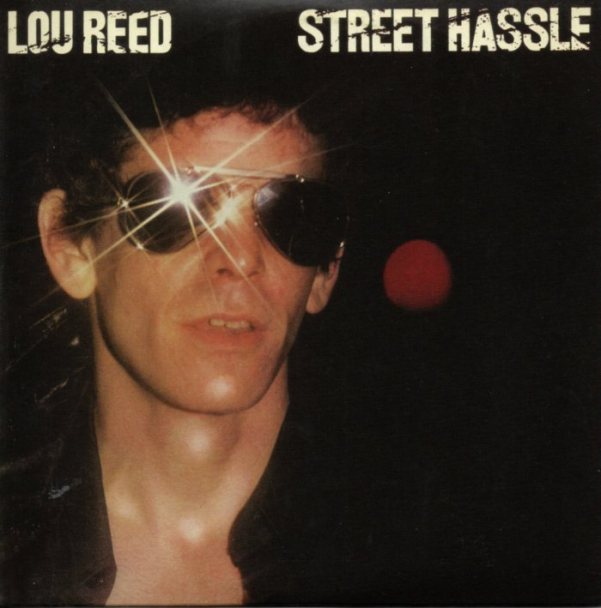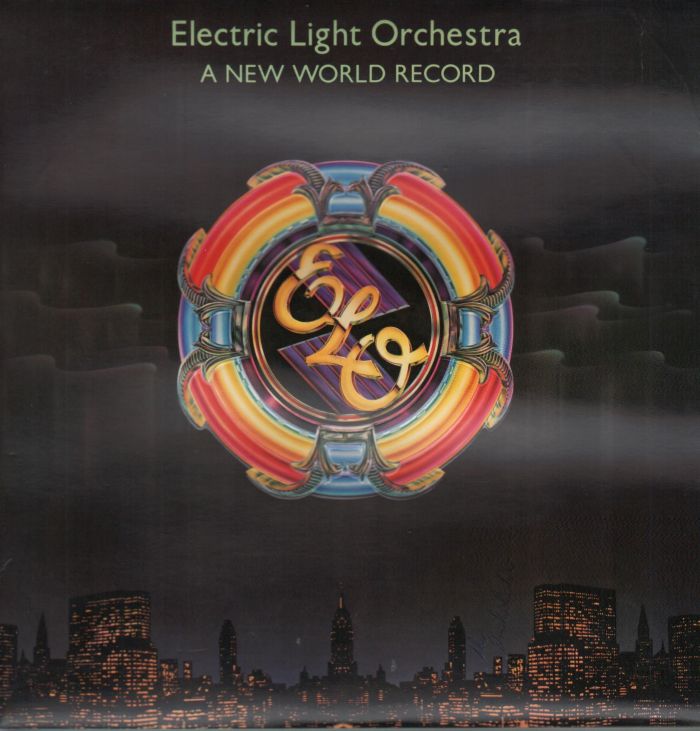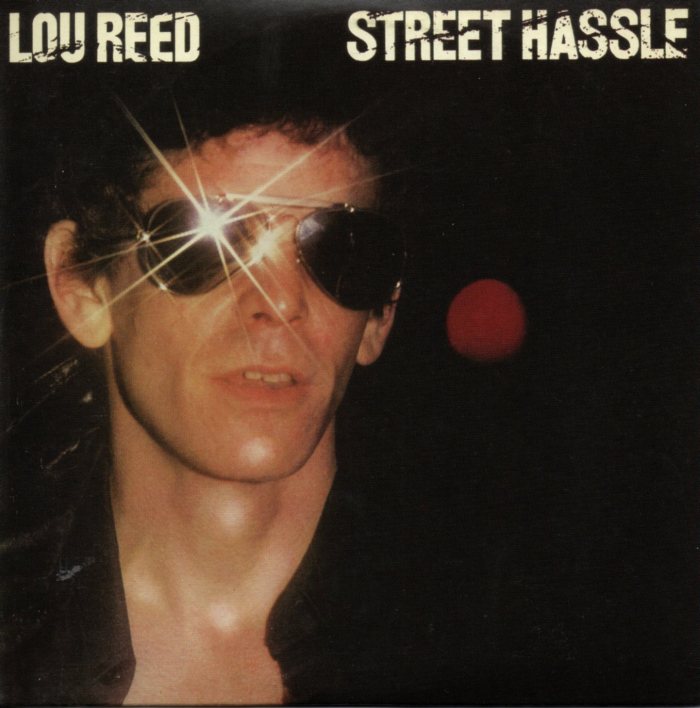
Easter – Patti Smith Group – Arista – 1978
After a debilitating injury stood between her disjointed second album and the imminent recording of her third, Patti Smith wrote a poem that would inform her next collection of songs by taking her physical pain and turning it into sonic glory. The poem “Easter” detailed her own “resurrection,” her journey to triumph over hardship. A concept was born and the album that would share the poem’s title became Smith’s greatest commercial breakthrough.
Containing the monster hit “Because The Night,” the controversial “Rock N Roll N****r,” and raucous, protest-ready “Till Victory,” Easter is a celebration not only of human will, but of female power. Negotiating for complete creative control over her album (a year before 9 to 5 brought gender inequity in the workplace to the national spotlight), Smith made no concessions to how male record executives thought she should present herself. Appearing raw and unpolished on the album cover, growling her desires and bellowing her neuroses in her music, and standing by her artistic convictions, Patti Smith demanded that women be seen on their terms, exactly as they wanted to be.
Forty years on, Easter remains a catalyst for feminism, a stronghold for lyric poetry, and an icon of blood-pumping, heart-racing, hair-raising rock and roll.
Listen to Easter: iTunes | Spotify | YouTube
Episode notes and postscript correction
- While the cover of Horses was shot by Patti’s close friend and ex-boyfriend Robert Mappelthorpe (who has taken numerous stunning, iconic photos of her as a muse), Easter was shot by Lynn Goldsmith, who is one of our favorite rock photographers.
- “How did everyone let Jimmy Iovine have a unibrow for, like, 30 years?” is truly one of the hard-hitting questions that keep us up at night. (No, really, it was just so so so bad.)
- Discuss: who, if anyone, could Patti Smith be compared to, artistically?
- Hi, we love when women sing men’s songs, bye.
- Check out our further watching links below to see the rendition of “Because the Night” dedicated to Fred Smith this summer. (Sadly, it’s missing her introduction, but, yes, she really did say that.)
- Be sure to hit up our master playlist on Spotify for all the song references we just dropped — from Jimmy Iovine’s “hello female singer, you should sing this male singer’s song” tracks to Patti Lupone’s take on “Because the Night” to the Garbage and Screaming Females cover
- The Angelfish cover of “Kimberly” isn’t on Spotify, but you can listen to it here.
- Unrelated but sort of related: could we call people on the phone more?
- Here’s more info about the history of “Ghost Dance” as a Native American prayer song.
- “Babelogue” is so full of wonderful imagery that you really should read the lyrics to it to fully digest it all.
- “Rock and Roll N****r” is a prime example of “your fave is problematic.”
- Here’s our friendly reminder that you can — and should — hold people you admire accountable for faults that can be fixed. To look the other way would be idol worship, and we don’t play like that.
- Patti. Patti, Patti, Patti. WHY?
- Discuss: Do you think this was a creative, artistic choice for the sake of art, or a deliberate decision made knowing it would push buttons and create controversy?
- Moral of the story: WORDS. MATTER.
- To learn more about this “wild woman” theory, check out this book that was recommended to us and we are now recommending to all of you.
- Here’s a trailer for that movie “Privilege (Set Me Free)”
- Patti. Babe…with that Sunday night CBGB reference, you super aren’t fooling anyone into viewing the subjects of this song as anonymous people.
- This is literally called Art Songs 101
- Here’s a site that’s definitely not at all from the late-90s era of Geocities site building (nope, no way) about Arthur Rimbaud’s Une Saison En Hell.
- GO. SEE. PATTI. SMITH. IF. YOU. CAN. AND. HAVE. NOT. DONE. SO. ALREADY.
- It will probably maybe definitely change your life.
- READ. HER. BOOKS. (they’re in the further reading links below). They will gut you emotionally.
Favorite track(s): Till Victory and Space Monkey (Carly) |Till Victory (Carrie)
Least favorite track: Rock and Roll N****r (Carly) | Privilege (Set Me Free) Carrie)
Album credits:
Patti Smith – vocals, guitar
Lenny Kaye – guitar, bass guitar, vocals
Jay Dee Daugherty – drums, percussion
Ivan Kral – bass guitar, vocals, guitar
Bruce Brody – keyboards, synthesizer
Richard Sohl – keyboards on “Space Monkey”
Allen Lainer – keyboards on “Space Monkey”
John Paul Fetta – bass on “Till Victory” and “Privilege”
Andi Ostrowe – percussion on “Ghost Dance”
Jim Maxwell – bagpipes on “Easter”
Further Watching:
“Because the Night” live in Central Park | 2017
Patti Smith Interview: Advice to the Young | 2012 (ed note: HIGHLY RECOMMEND)
Dream of Life (documentary) | 2009
Patti Smith’s Rock and Roll Hall of Fame induction | 2007
“Because the Night” on Old Grey Whistle Test | 1978
Further Reading:
Devotion (Why I Write) | 2017
M Train | 2015
Just Kids | 2010
Babel | 1979
Patti Smith, The Godmother of Punk Rock, Shares Her ‘Devotion’ | WBUR (September 2017)
Easter review | Pitchfork (May 2017)
This advice. | Brooklyn by the Book (September 2016)
The Story of Feminist Punk in 33 Songs | Pitchfork (August 2016)
Easter review | Creem (June 1978)
Patti Smith’s Top 40 Insurrection (the Lester Bangs review) | Phonograph Record Magazine (May/June 1978)















